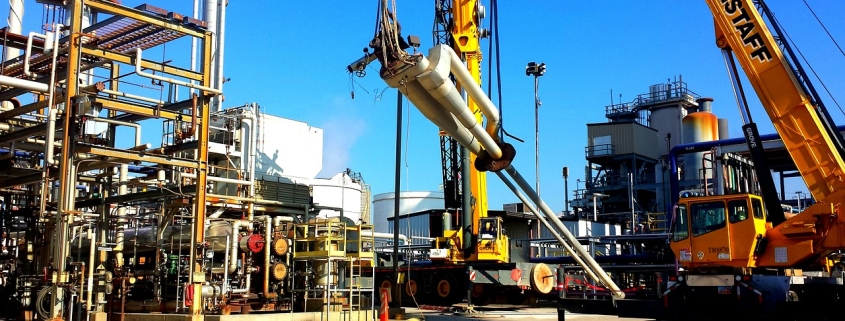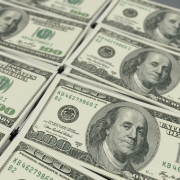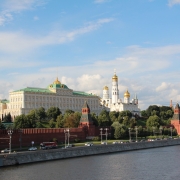What are the Seven Sisters Oil Companies?
Topic of Study [For H2 History Students]:
Paper 1: Understanding the Global Economy (1945-2000)
Section B: Essay Writing
Theme II Chapter 1: Reasons for growth of the global economy
What are the ‘Seven Sisters’?
It refers to a group of integrated international oil companies that dominated the global oil markets from the mid-1940s to the mid-1970s. In the 1950s, the head of the Italian state-owned company Eni Enrico Mattei dubbed these companies as the ‘Seven Sisters’.
There were seven members:
- Anglo-Iranian Oil Company
- Gulf Oil
- Royal Dutch Shell
- Standard Oil Company of California
- Standard Oil Company of New Jersey
- Standard Oil Company of New York
- Toxaco
Some of these members took on more familiar names, partly due to mergers. For instance, Gulf Oil and Texaco are part of Chevron. Notably, among these companies, most were owned by the Americans, including the well-known Rockefeller (Standard Oil).
By 1949, they occupied 82% of the discovered oil reserves outside the United States. The main role of the Seven Sisters was to keep oil prices stable so as to prevent the problematic ‘price collapse’ that frequently haunted the oil industry.
Price setting
The Seven Sisters established a system to ascertain the pricing of crude oil. Between the 1920 and the early 1970s, there were two markets: the US and the non-US. In the US, crude oil prices were set in free markets.
Outside the US, major oil producers had greater influence on production, which affects supply. Producers used a ‘basing point’ price system to prevent the occurrence of price wars.
The goal of the basing point price system was to discourage cheating through transparency and to prevent price wars. The cement and steel industries had operated similar systems. The bane of cartels, after all, had been cheating by members tempted to illicitly sell below the price established by the cartel but still high enough to earn the clandestine seller a juicy profit. Since the base price was published for all to see and freight charges were jointly agreed, all producers could be confident they weren’t being undercut by a rival.
An excerpt from “Crude Volatility: The History and the Future of Boom-Bust Oil Prices” by Robert McNally.
A new age: Enter OPEC
In the Middle East, governments in oil-rich countries began to organise themselves.
In April 1951, the Iranian Prime Minister Mohammad Mossadegh nationalised the nation’s oil assets, angering the owners of British Petroleum (BP). In retaliation, the Seven Sister members boycotted Iranian oil exports, forcing its output to fall to almost zero. In August 1953, Mossadegh was overthrown, resulting in the reversal of the nationalisation policies.
In 1958, two anti-Western uprising took place in Iraq and Venezuela, eventually leading to the diminished influence of the Seven Sisters in the global crude oil industry. In January 1958, a revolution had toppled the military regime under General Pérez Jiménez. The new Venezuelan government requested a lawyer Juan Pablo Pérez Alfonzo (later known as the ‘Father of OPEC’) to form a national oil company. In six months later, Iraqi forces led a military coup against King Faisal II and the pro-Western Nuri al-Said.
In September 1960, Kuwait, Iraq, Iran, Venezuela and Saudi Arabia gathered in Baghdad and set up the Organisation of the Petroleum Exporting Countries (OPEC). By then, OPEC had occupied more than four-fifths of the world’s oil exports.
Libya made the first move to challenge the dominance of the Seven Sisters. In September 1969, a military coup against King Idris I resulted in the rise of the leader Muammar Qaddafi. Qaddafi successfully demanded a hike in the per barrel price of oil. Subsequently, other OPEC members followed suit, setting off a frenzy.
Fearful of being picked off one by one, the seven majors, Total, and eight independents banded together in a united front to bargain with OPEC.
[…] The Shah played on western officials and companies’ fears, warning the former that if oil companies resisted, “the entire Gulf would be shutdown and no oil would flow,” and admonishing that the “all-powerful Six or Seven Sisters have got to open their eyes, and see they they’re living in 1971, and not in 1948 or 1949.” Washington—terrified above all of a supply cut off it no longer had ample spare capacity to offset— sided with the Shah and against oil companies, supporting OPEC’s demand for two regional negotiations.
An excerpt from “Crude Volatility: The History and the Future of Boom-Bust Oil Prices” by Robert McNally.
What can we learn from this article?
Consider the following question:
– Assess the view that oil was the most significant factor that influenced the development of the global economy in the post-war years.
Join our JC History Tuition to grasp the topic on the Global Economy, namely the ‘Golden Age of Capitalism’ and the ‘Crisis Decades’. The H2 and H1 History Tuition feature online discussion and writing practices to enhance your knowledge application skills. Get useful study notes and clarify your doubts on the subject with the tutor. You can also follow our Telegram Channel to get useful updates.
We have other JC tuition classes, such as JC Math Tuition and JC Chemistry Tuition. For Secondary Tuition, we provide Secondary English Tuition, Secondary Math tuition, Secondary Chemistry Tuition, Social Studies Tuition, Geography, History Tuition and Secondary Economics Tuition. For Primary Tuition, we have Primary English, Math and Science Tuition. Call 9658 5789 to find out more.











